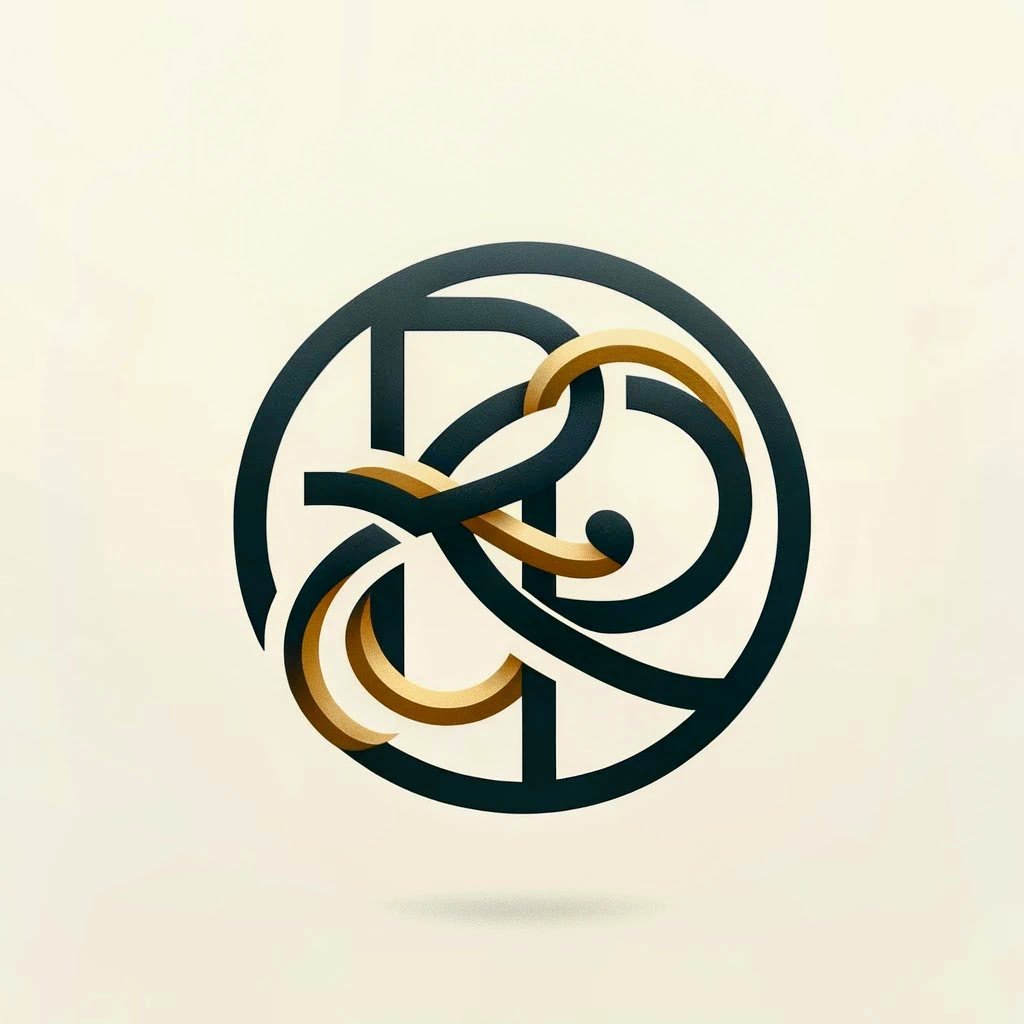Social networking for everyone
As a caveat to the reader, this post is targeted to social networking beginners. If you are an expert in social networking, this may be old wine in a new bottle. I originally published this article here. I am tweaking it for a larger audience in this forum.It is the age of social networking. Everyone is on one or more social networks today. It is either Facebook or Twitter or Google+ or LinkedIn or any of the other local networks. Everything from pictures to quotes to blogs to poetry to resumes are now being shared across these networks. As the world collectively gets social, it makes sense for every computer user with access to internet to understand if they need to connect to people via social networks and if so, what is the best way. What are the things to do to get noticed and find the people you are looking for and what are things not to do to make things complicated.This set of tips are mostly for social networking newbies. It is for the dads and moms and grandpa’s and grandma’s who are looking to become a part of the social web without having to master . The tips are guiding points and not really hard rules. Some tips may not work under specific circumstances but for the most part they are simple to follow and easy to implement.The social network that works for me.There are a lot of networks out there and more are cropping up every day. For the beginner, there are a confusing set of choices as to which one to pick and sign up for. To pick the right one(s), it helps to have the priorities straight. Here is a simple guidepost.1. If you are looking to connect with friends and family, almost all of them are on Facebook, by far the largest social network. Go to www.facebook.com to get started. You will need to use your real name to get the most out of the network. More Facebook tips on a subsequent tip.2. If you are looking to know things as and when they happen or follow top writers or journalists or celebrity, Twitter is the right network for you. Twitter is convenient in that following is painless. No one needs to know about you and you can choose to stay anonymous. Sign up at www.twitter.com.3. If you are looking to connect with ex-colleagues, professional acquaintances, colleagues and recruiters, LinkedIn is the network for you. Sign up at www.linkedin.com4. If you want to weave your Gmail friends into a network of its own, Google’s Google+ is a good place to start. Turn it on at plus.google.com.Share only what is necessary. Connect with only who is necessary.Once you sign up, there is a natural desire to share as much about you as the world can handle. Resist the urge. Share only what is necessary. Put up the minimum set of pictures so people know who you are to connect with you. Put in only the information that is necessary for an old friend to identify you. The world doesnt need to know every single detail of your life.If you dont have to tweet, dont tweet. Follow as many people as you choose but if you dont really have anything to tell the world, dont. Given the number of tweets passing every second, yours will be lost- more so when it conveys nothing.The same applies to who you want to connect with. You are not measured by how many Facebook or Google+ friends you have or Twitter followers you keep. You are measured by how much they read your posts and comments.Take the time to set the right kind of sharing rules on photos and posts. Not all photos should be viewed by the world and not all posts need to be open to the world. Test your social network profile by logging out of the network and doing a good search for your social network profile. What you see is what the world sees. Make sure it is appropriate.Build your sub-groups and networks within networks.Almost all social networks allow you to form groups/sub-networks. The purpose is to allow you to share a different facet with each of them. This helps keep things within a circle, so to say. In Facebook, you can create groups and share information and photos and everything else, specific to the group in question. Facebook allows the creation of Facebook Groups for the purpose and Google+ allows Circles. For example, a Family group to share pictures of kids, a College circle to share nostalgic memories, a religious circle to share thoughts on religion and so on. This goes a long way in making people want to stay in your circle. It may all seem like a lot of work in the beginning but it helps keeping the network clean and the feeds clear.Also, public posts are indexed by search engines and will come back to haunt you.Once in Facebook...Facebook is a great tool to connect with friends and family. But it has its pitfalls especially in the areas of privacy. So it is important that you understand it before using it extensively.Connect with people you want to stay in touch. Don't connect for the sake of connecting. It may feel cool initially but after the early enthusiasm wears off, it is a pain managing a large group of friends. As noted in Tip #2, set up your groups and as you add new friends, take the time to put them into specific buckets.Ask before you connect. Sometimes your teenage grandson might not want to share his girlfriend’s photo with you. It seems odd to say this- afterall the purpose is to connect with family but it can lead to awkward situations.Understand the difference between messages and wall posts. Messages are private between the sender and recipient. Wall posts are not. Mixing the two can lead to undesirable consequences.If you have radical thoughts on any subject, think twice before sharing or atleast make sure you share it with a like minded group of friends.If you are in Facebook to play social games, learn to turn off automatic sharing of achievements. Along the same lines, stay away from apps that spam your entire circle of friends. A Family Tree app is only needed when you have a vast and unweildy family circle that is unaware of each other. Otherwise, it is not necessary.LinkedIn is powerful. Use it wisely.LinkedIn is the most widely used professional social networking site. It can help you land your next job, next contract or connect with a past colleague or business partner. But if used unwisely, it can sully your professional image. Once you sign up on LinkedIn, take the time to build your profile. Even if you are not looking for a job or a contract, it helps to make people aware of you and why you are in LinkedIn. An empty profile is no better than not having a profile. A professional profile starts with good grammar, simple and relevant content and just the right amount of information.If you are on Twitter and have the practice of Tweeting, think twice before connecting your LinkedIn profile and Twitter profile. Unless you keep your Twitter profile for professional reasons, there is no reason to link the two.Make sure you update your LinkedIn profile as and when things change in your professional life. An out of date LinkedIn profile helps no one.Enjoy and keep things in perspective.Social networks are a fantastic way of bringing people back in your life. It is also a great way of making new friends and furthering your career. So if you are interested in doing any of this, what are you waiting for. Just remember, everything that happens on the internet, stays on the internet. It is in your best interest to know what helps and what should be avoided.Social networks will never replace meeting people in real life. But it definitely is getting as close to that as possible. Share what you can in real life with family and friends in person. Everything else can be done on the networks.

